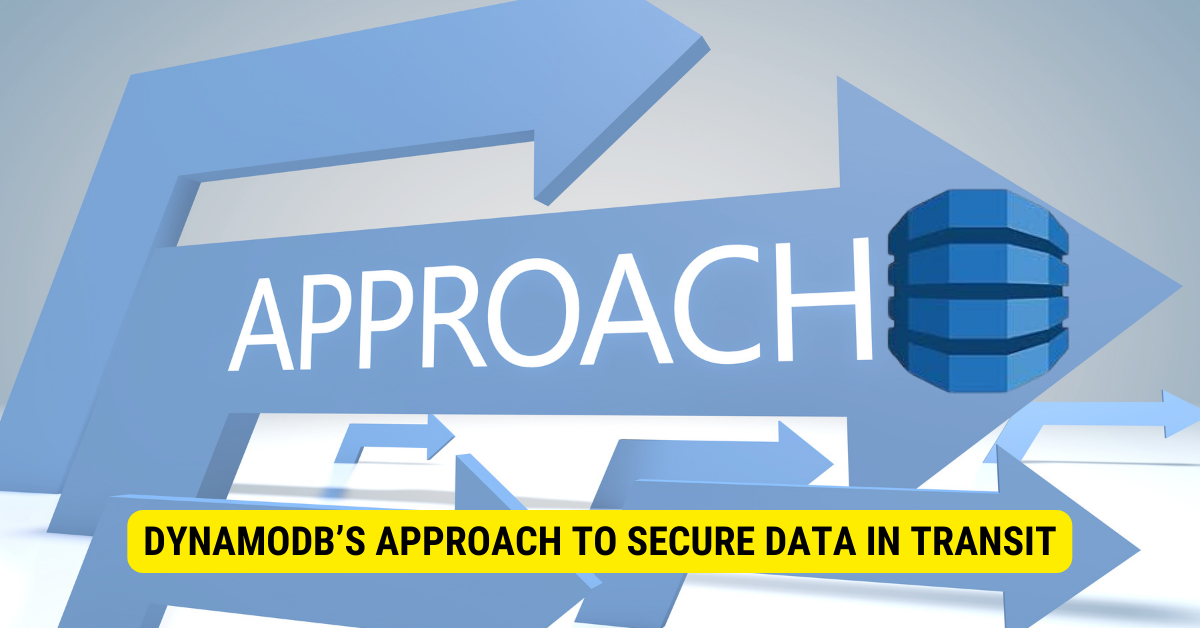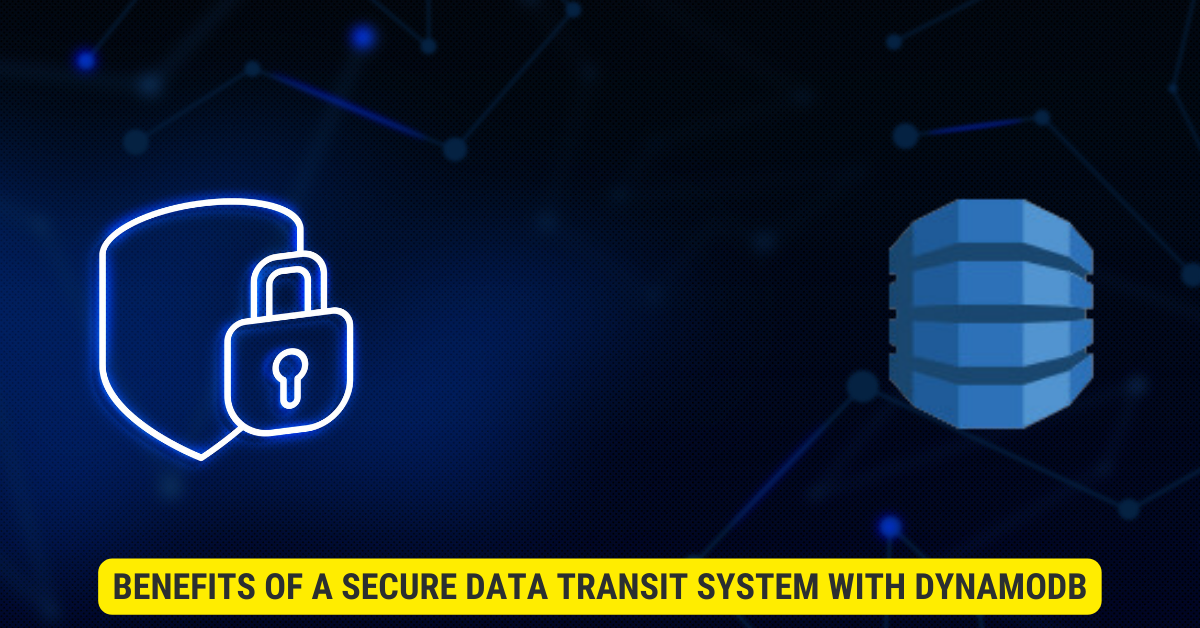Yes, data from DynamoDB is secure in transit, as it utilizes Transport Layer Security (TLS) to encrypt the data during transmission.
In today’s digital era, where data breaches have become a significant concern, ensuring the safety of your data when using cloud services like Amazon DynamoDB is non-negotiable. But is data from DynamoDB secure in transit? We’re here to discuss this in detail and provide you with comprehensive insights.
Understanding DynamoDB’s Core Principles
At its essence, DynamoDB is Amazon’s response to the need for a NoSQL database service that promises swift, consistent performance and scalability on the go. But beyond its operational ease and dependability is its powerful security framework.
A Quick Glance at Data in Transit
This refers to data as it actively journeys from one point to another, be it over the internet or through a dedicated private network. It stands distinct from data at rest, which represents inactive data that are stored on hard drives, databases, or other storage systems.
Is Data from DynamoDB Secure in Transit?
Yes, data from DynamoDB is secure in transit. Amazon DynamoDB employs Transport Layer Security (TLS) to encrypt data as it moves between DynamoDB and other services or applications. This encryption ensures that the data being transmitted remains confidential and secure from potential interceptions or eavesdropping. Furthermore, the tight integration of DynamoDB with AWS’s Identity and Access Management (IAM) and the use of Virtual Private Cloud (VPC) endpoints ensure that the data being transmitted is accessible only to authorized entities and remains within the secure environment of the Amazon VPC.
DynamoDB’s Approach to Secure Data in Transit

- Comprehensive Encryption: With the help of Transport Layer Security (TLS), DynamoDB ensures that all data in transit is encrypted from point A to B. This protective layer guarantees that even if data is intercepted mid-way, it remains unintelligible to unauthorized viewers.
- Seamless Integration with AWS IAM: DynamoDB works in unison with AWS’s Identity and Access Management (IAM). This cohesive approach allows users to meticulously define access permissions, making sure only the right people or systems interact with your data.
- Empowering Virtual Private Cloud (VPC) Endpoints: By choosing VPC endpoints for DynamoDB, all interactions between your applications and DynamoDB never exit the protective sphere of the Amazon VPC, adding another layer of security to the mix.
Best Practices to Augment DynamoDB’s Data Transit Security

- Scheduled Rotation of Security Credentials: In the off chance of a security lapse, limiting potential damage becomes critical. Regularly rotating security credentials can effectively mitigate risks.
- Active Monitoring via Amazon CloudWatch: Utilizing Amazon CloudWatch for observing DynamoDB interactions can offer insights into performance while helping spot any anomalies or potential threats.
- Stay Updated with Client Libraries: Utilizing the most recent AWS SDKs ensures you’re always a step ahead, benefiting from the latest in security upgrades.
- Limit and Monitor Access: Adopt a conservative approach when providing permissions. An only-what’s-necessary attitude minimizes potential security breaches.
Benefits of a Secure Data Transit System with DynamoDB

- Earning and Upholding User Trust: As cyber threats loom large, users inevitably gravitate towards businesses that prioritize data security. Using DynamoDB’s secure data transit, you’re not just adhering to best practices but also fortifying user trust.
- Meeting Regulatory Benchmarks: Certain sectors operate under regulations demanding rigorous data security. DynamoDB’s secure transit features help businesses remain compliant effortlessly.
- Financial Safeguarding: Data lapses can result in punitive penalties, compensations, and loss of clientele. An upfront investment in secure data transit acts as a preventive measure against potential financial setbacks.
Key Takeaways:
- DynamoDB uses TLS for end-to-end encryption, ensuring data in transit is safeguarded.
- Integration with AWS IAM and VPC endpoints further strengthens data security.
- Regular monitoring, updates, and limiting access are best practices to enhance security.
FAQs:
What is the difference between data in transit and data at rest?
Data in transit denotes active data moving between locations, whereas data at rest represents inactive data stored on a medium.
Does DynamoDB encrypt data by default?
Yes, DynamoDB employs Transport Layer Security (TLS) to encrypt data in transit by default.
How often should I rotate my security credentials?
It’s advisable to rotate security credentials regularly, depending on the sensitivity of your data and organizational policies.
Can I monitor real-time data interactions with DynamoDB?
Absolutely! Amazon Cloud Watch allows you to monitor DynamoDB interactions in real time, providing valuable insights and highlighting potential threats.
In Conclusion
So, circling back to our main question: “Is data from DynamoDB secure in transit?” The answer is a confident yes. DynamoDB’s advanced security features and best practices ensure that businesses can handle their data with peace of mind, knowing it’s protected both during transmission and while at rest.
